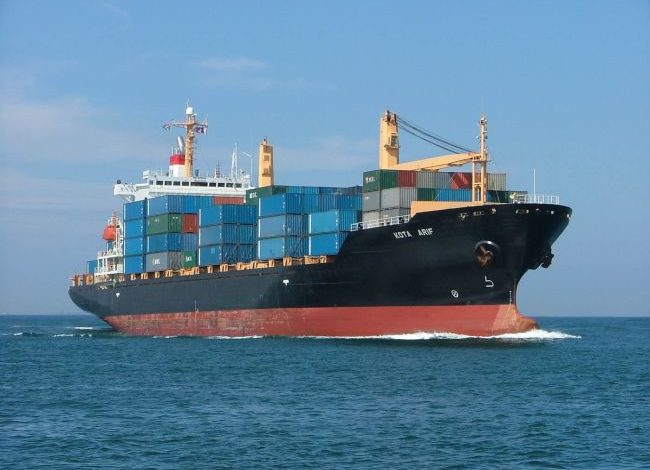IBM, PSA and PIL to work on blockchain technology shipping solutions

IBM continues to coax shipping into the blockchain era. The American tech giant has signed a memorandum of understanding with two of Singapore’s leading maritime firms, port operator PSA International and boxline Pacific International Lines (PIL), to explore and trial proof of concept (POC) blockchain-based supply chain business network innovations.
The three parties will work together to explore POCs using technologies like blockchain to achieve better security, efficiency and transparency in regional supply chain business networks, as well as connect to trade finance solutions that can facilitate faster approval and fraud prevention.
Tan Chong Meng, group CEO of PSA, said, “A more transparent, secure and robust certification system and document flow will benefit the whole supply chain as well as have enormous potential for application in sectors such as food, pharmaceutical and trade finance. Across the global movement of goods and cargo, many activities continue to operate in silos.”
Blockchain is a decentralised ledger technology used by a business network to securely exchange digital or physical assets. Each member of the network is granted access to an up-to-date copy of this encrypted ledger so they can read, write and validate transactions. Once a transaction is validated using a consensus process, it is instantly committed to all ledgers in the network.
In March this year IBM signed a similar agreement with the world’s largest containerline, Maersk, to look at developing blockchain technology.
